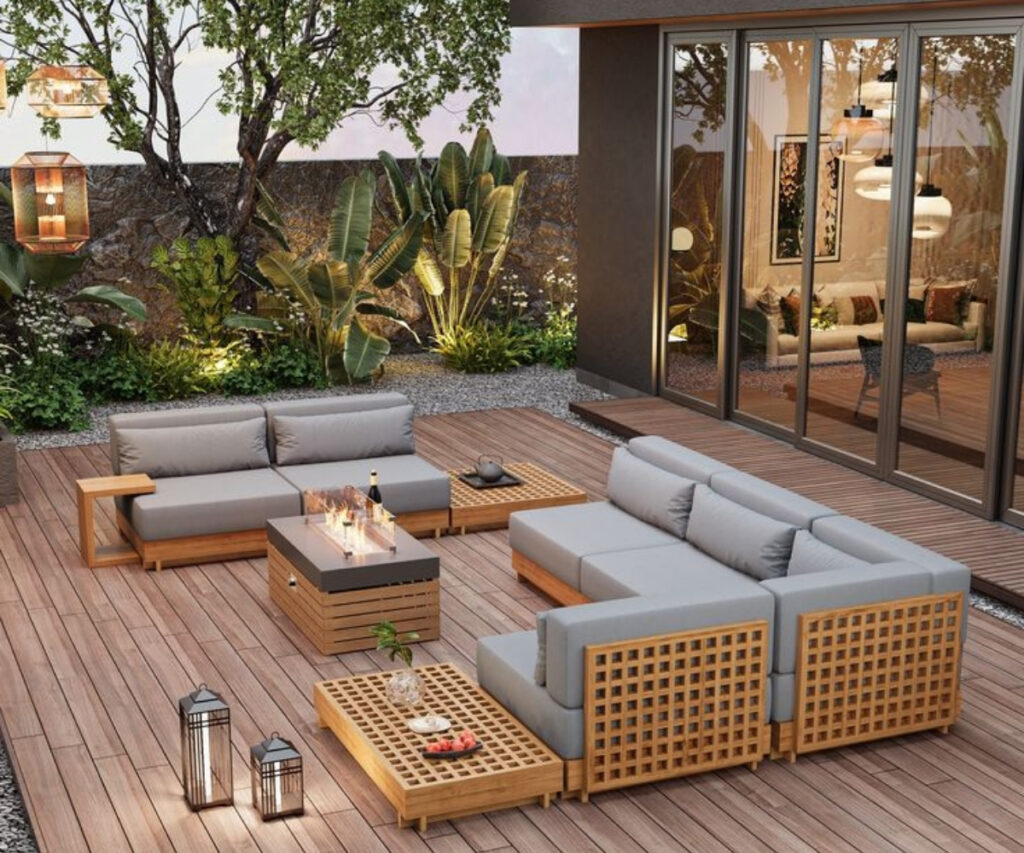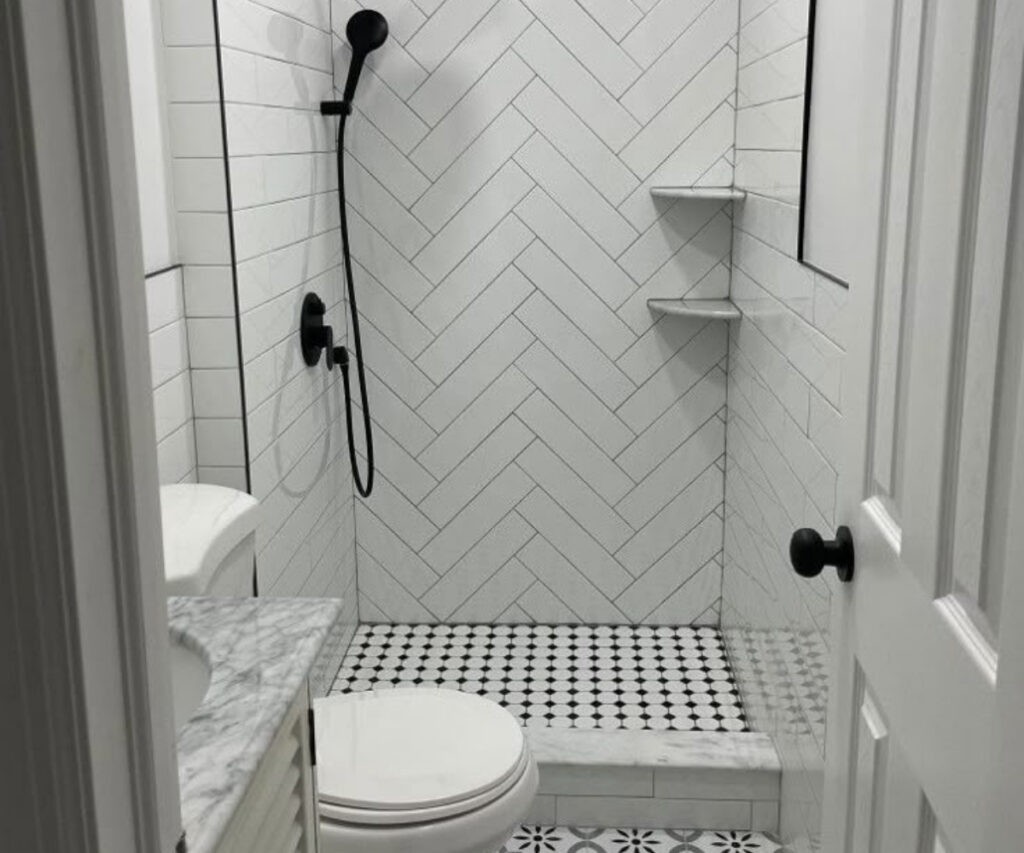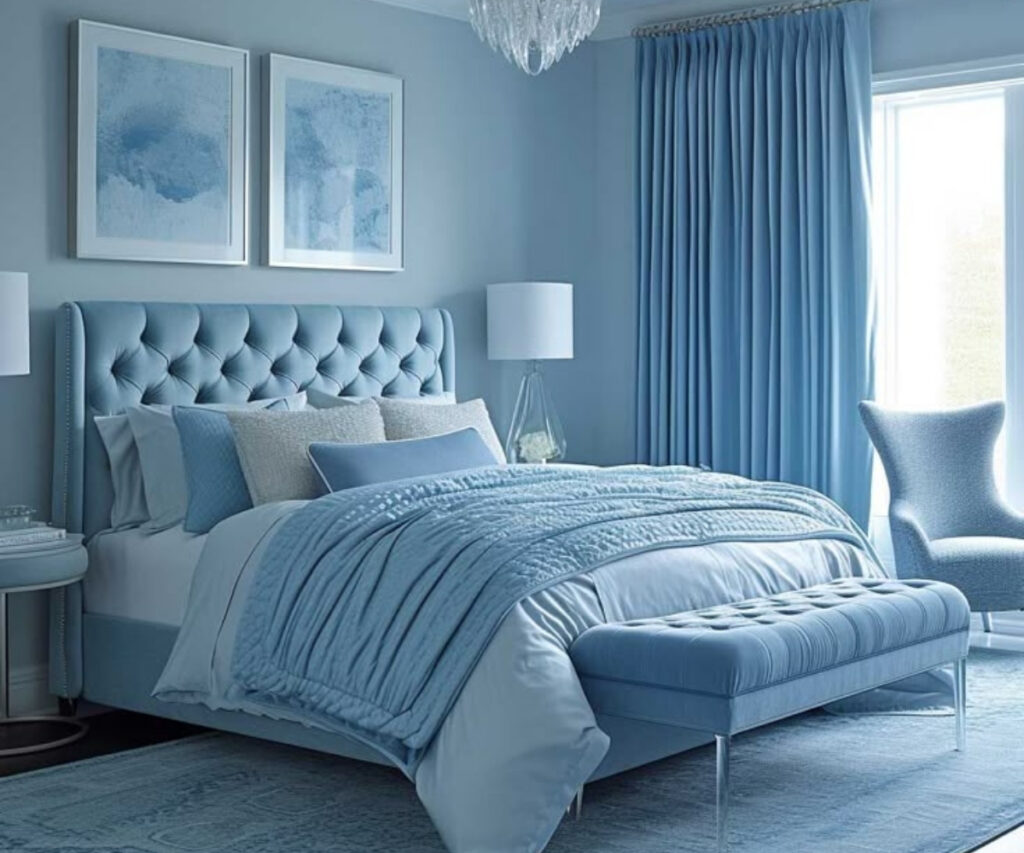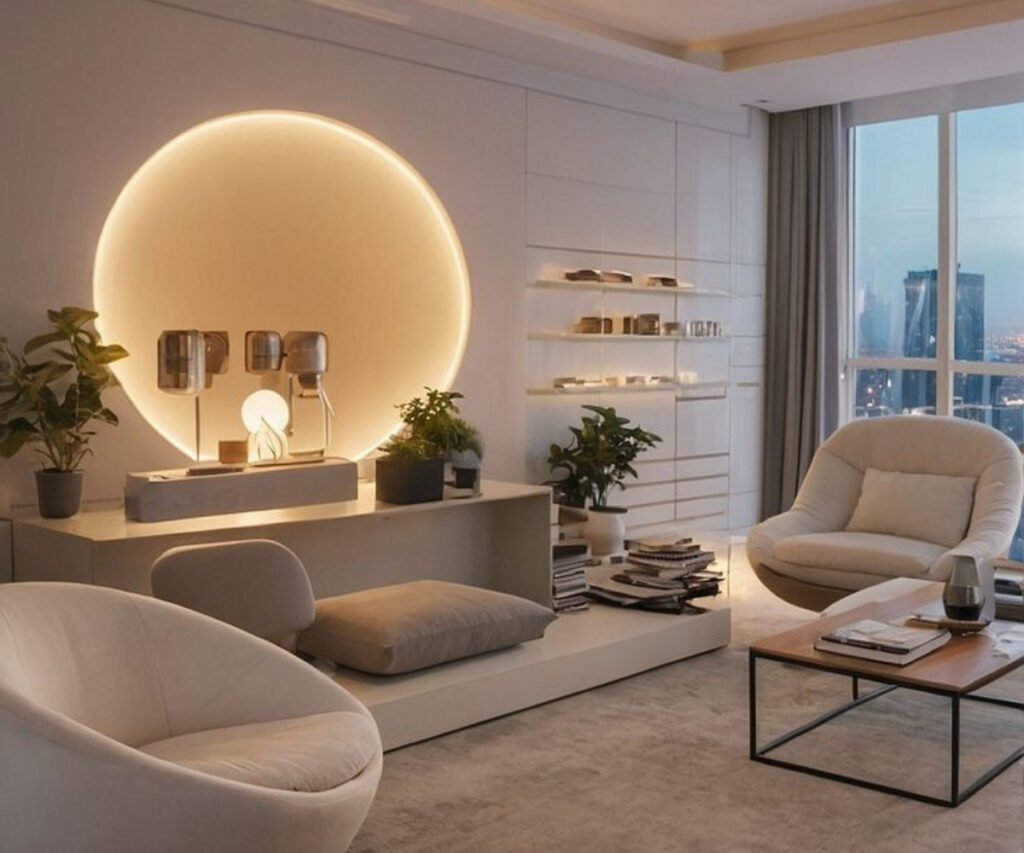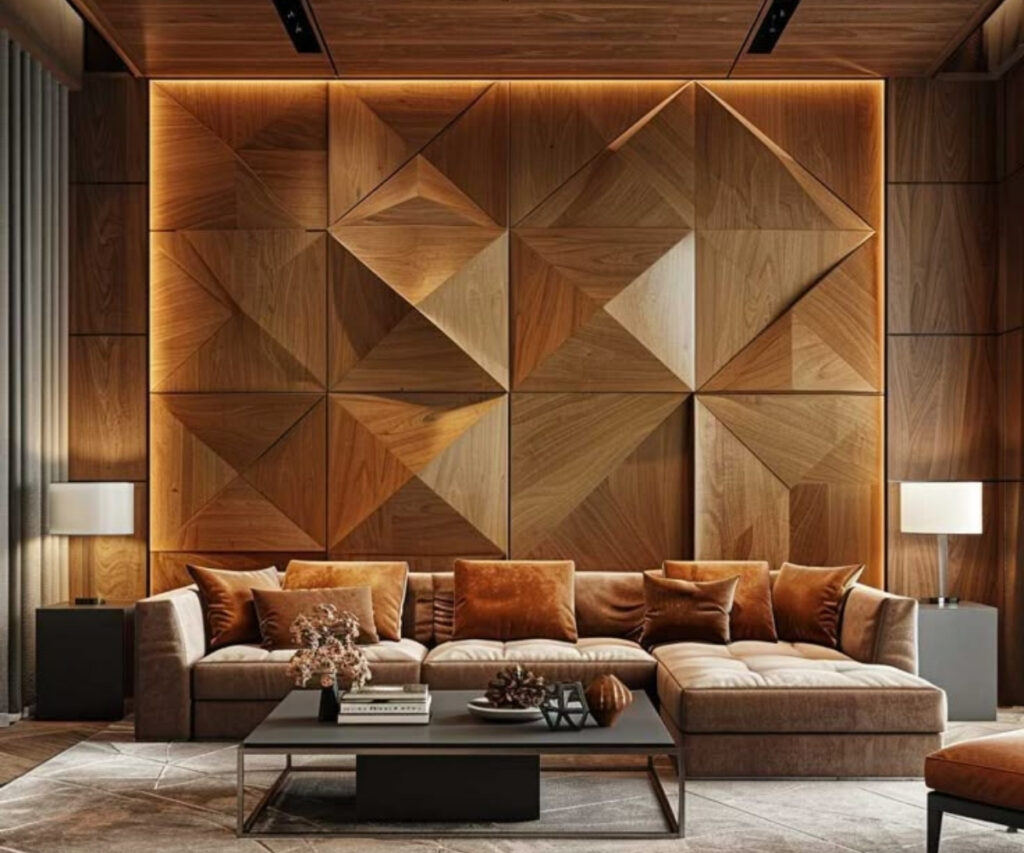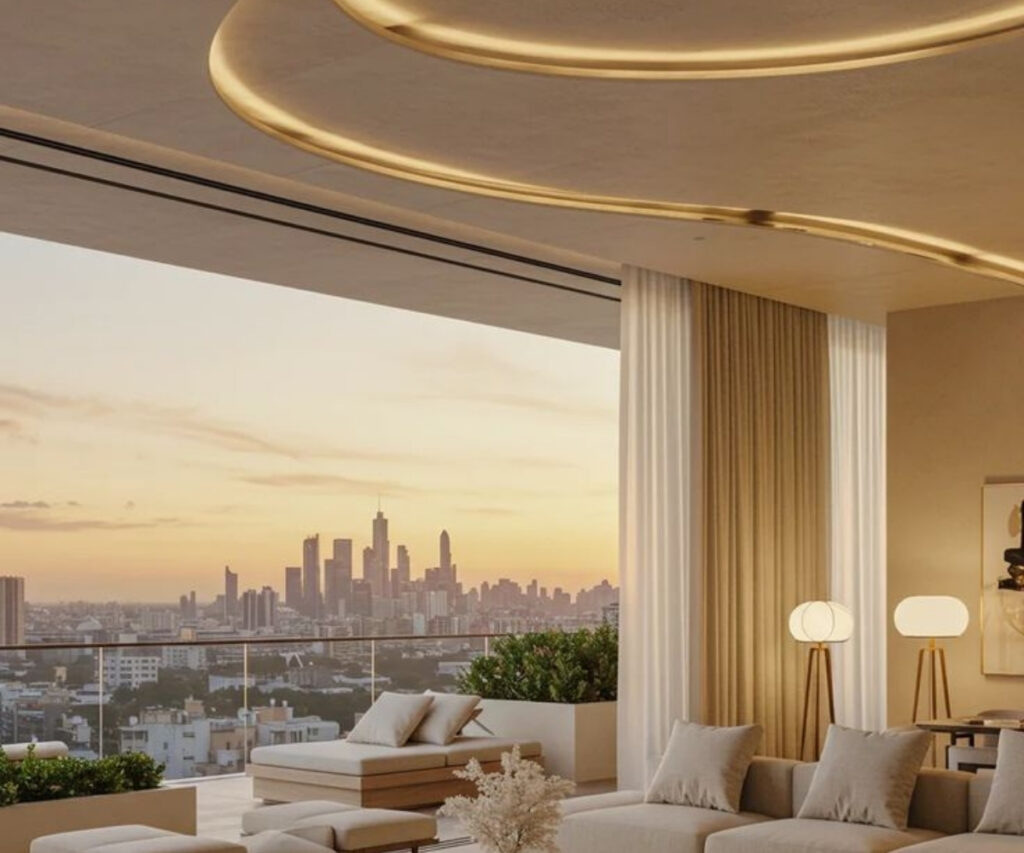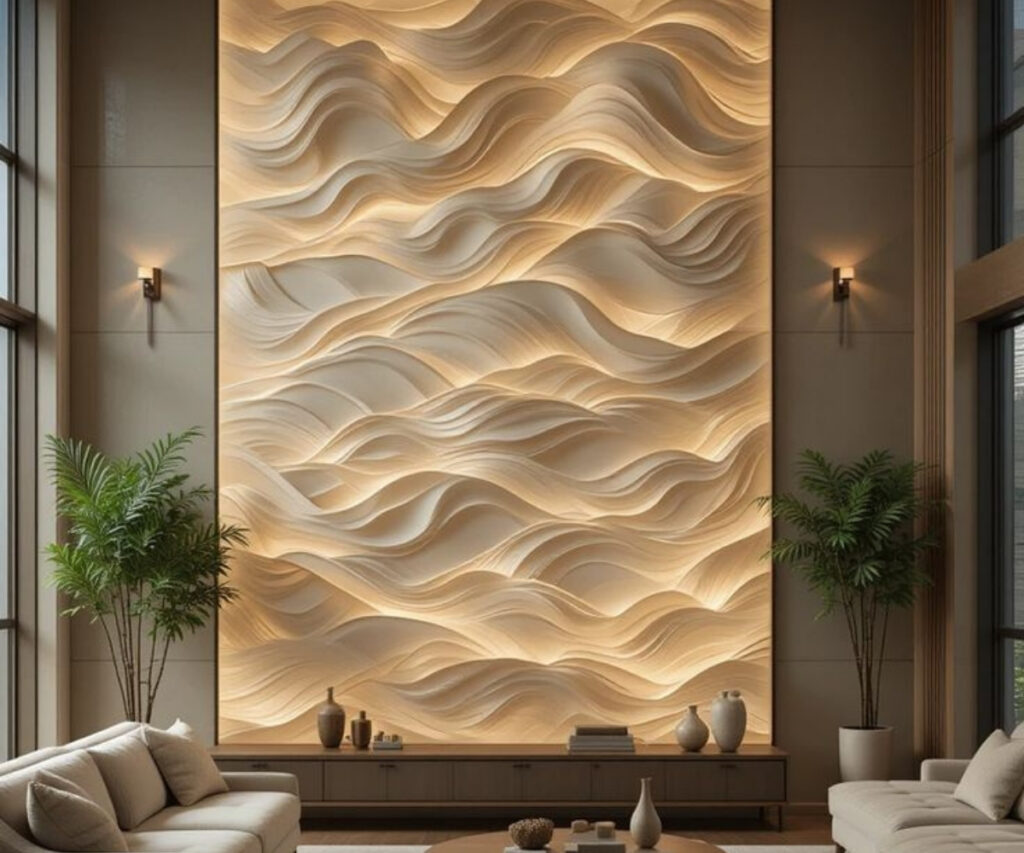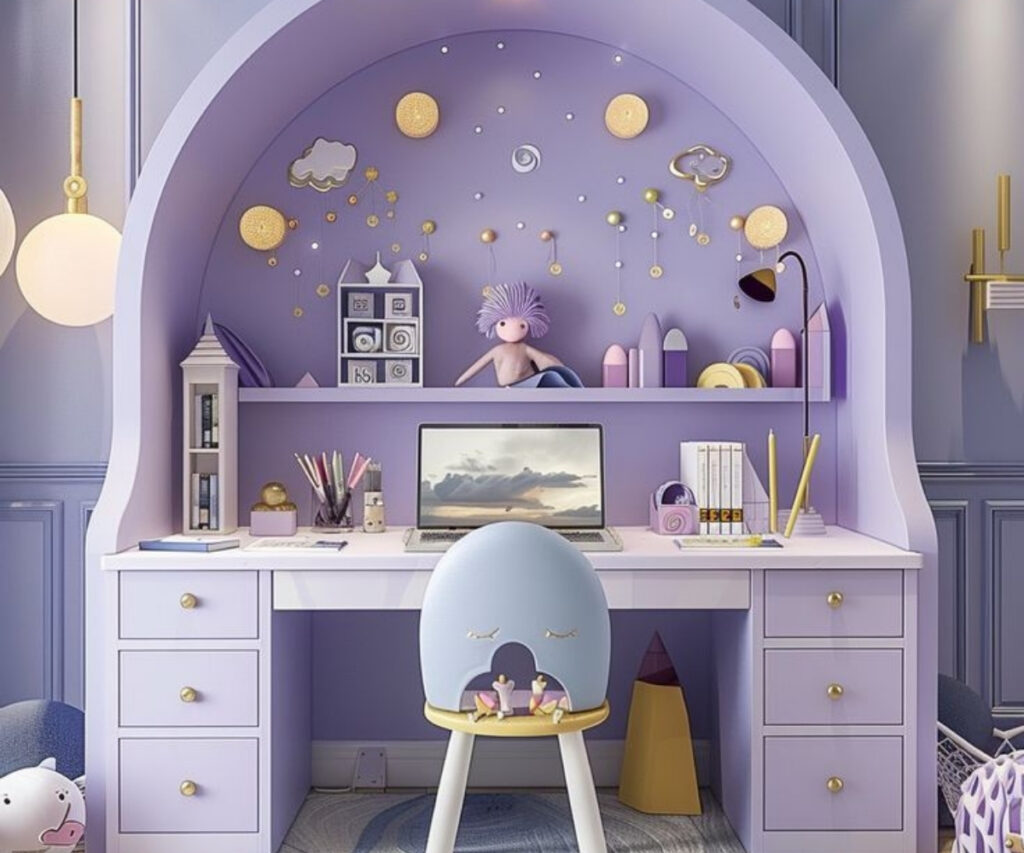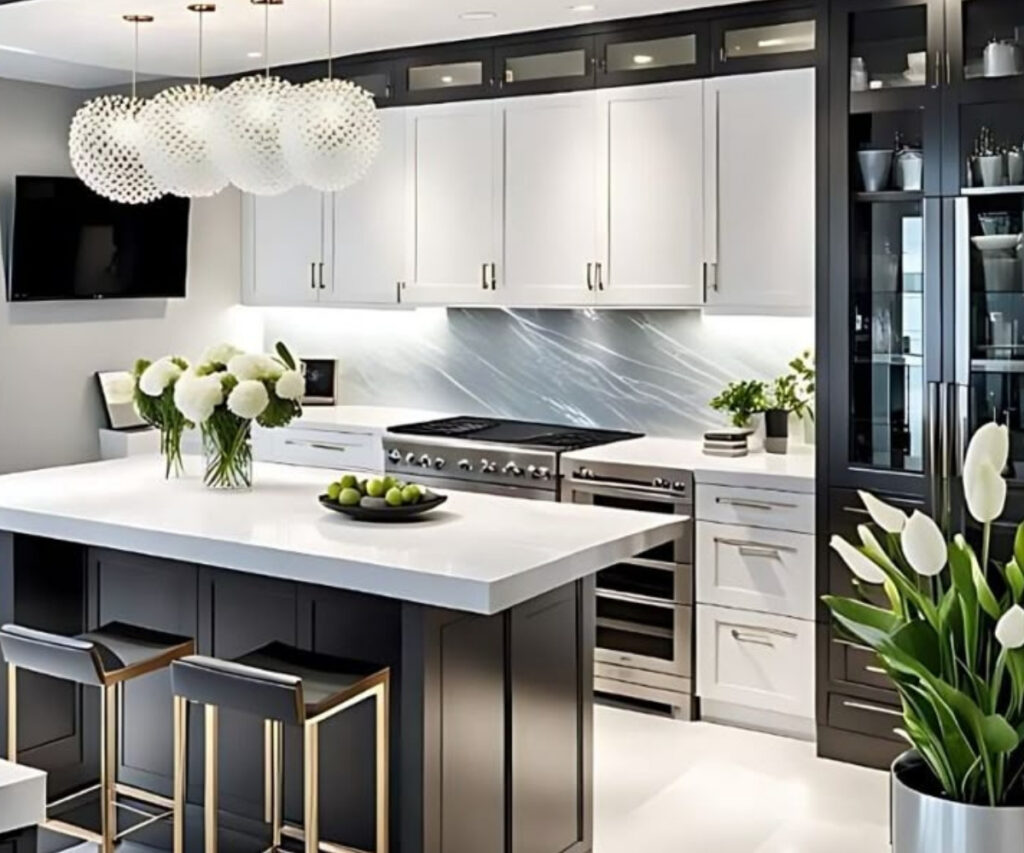14 Must-Have Bedroom Essentials for a Comfortable and Stylish Space The bedroom is more than just a place to sleep—it’s your sanctuary, a personal space where your day begins and ends. Whether you’re designing a new room or revamping an existing one, certain essentials help make this space functional, cozy, and reflective of your personality. From practical furniture to thoughtful accents, here are 14 must-have bedroom essentials that elevate both comfort and style. 1. Bedside Tables Often overlooked, bedside tables are incredibly useful. Positioned on either side of the bed, they offer storage and provide a convenient spot for items like your phone, alarm clock, water bottle, and reading glasses. Choose ones with drawers or shelves to keep clutter out of sight, and select finishes and styles that complement your bed and overall theme. 2. Lamps and Layered Lighting Lighting sets the mood in any room, and the bedroom is no exception. A mix of ambient (ceiling lights), task (reading lamps), and accent lighting (wall sconces or LED strips) allows you to adjust the atmosphere. Dimmable lights add flexibility, and bedside lamps are a great choice for late-night reading or a soft glow before sleep. 3. Comfortable Mattress A good mattress can make or break your sleep quality. Whether you prefer a soft, firm, or medium-feel mattress, choose one that suits your body’s needs. Options include memory foam, innerspring, latex, or hybrid mattresses. Don’t hesitate to try a few in-store or opt for brands that offer trial periods, allowing you to test comfort over time. 4. Full-Length Mirror A full-length mirror is a practical addition that serves dual purposes: function and style. Perfect for dressing and grooming, it also reflects light and gives the illusion of a more expansive room. Whether freestanding or wall-mounted, a mirror can also become a statement piece in your bedroom décor. 5. Area Rug A rug adds instant warmth and softness underfoot, especially if you have hardwood or tiled floors. It defines the sleeping area and adds color, texture, or pattern to the space. Choose one large enough to fit under the bed and extend outward, or layer smaller rugs for a cozy, layered effect. 6. Wall Decor Your bedroom walls are a blank canvas for personal expression. Wall art, framed photographs, tapestries, or even DIY installations can bring character and visual interest. The right wall decor not only fills empty spaces but also creates a relaxing or inspiring environment that resonates with your style. 7. Dresser or Chest of Drawers Essential for organizing clothes, accessories, and linens, a dresser adds both storage and structure to your bedroom layout. Look for styles that balance aesthetics and practicality—whether it’s a sleek, modern chest or a vintage wooden piece. The surface also offers space to display decor, perfumes, or a jewelry box. 8. Quilt or Comforter A comfortable quilt or duvet is key for a restful night’s sleep. It provides warmth, softness, and a touch of luxury. Layer your bed with a cozy comforter during winter and switch to a lightweight quilt in the summer. Play with textures, colors, and patterns to create an inviting and stylish bedscape. 9. Floating or Wall-Mounted Shelves Floating shelves are perfect for smaller bedrooms or for keeping floors clear. Use them to display books, photos, or small plants. They enhance the visual design of your room while offering functional storage for essentials or decor. Floating shelves can be arranged creatively to suit any layout. 10. Storage Solutions A clutter-free bedroom is more peaceful. Invest in smart storage solutions like under-bed bins, baskets, or ottomans with hidden compartments. A storage bench at the foot of your bed can hold blankets or shoes, while wall hooks or over-the-door organizers maximize vertical space. 11. Throw Pillows and Comfortable Sheets Throw pillows add charm and comfort, and can easily change the mood of your room. Play with shapes, textures, and colors to style your bed. Pair them with quality bed sheets made from breathable fabrics like cotton or linen—comfort and softness make a big difference in your sleep experience. 12. Curtains or Blinds Window treatments are essential for privacy, light control, and ambiance. Blackout curtains are ideal for blocking early morning sun, while sheer curtains soften daylight for a dreamy look. Choose fabrics and colors that suit your decor and consider layering blinds and drapes for both function and elegance. 13. Indoor Plants Adding greenery to your bedroom can uplift the space instantly. Plants purify the air, reduce stress, and bring natural beauty indoors. Easy-to-care-for varieties like snake plant, pothos, or peace lily work well in bedrooms. Place them on windowsills, shelves, or in hanging pots to bring life into the room. 14. Bed Frame A strong and stylish bed frame anchors the room. It holds your mattress securely and adds visual impact. Whether you prefer a minimal metal frame, a wooden platform, or an upholstered headboard, the bed frame contributes to both comfort and aesthetics. Choose one that suits your needs, space, and decor theme. Final Thoughts Designing a well-balanced bedroom is about combining practicality with personality. Each of these essentials helps transform your space into a haven of rest and relaxation. While your preferences may evolve over time, having a thoughtful foundation will make your bedroom both beautiful and deeply functional. Take your time selecting pieces that suit your style and lifestyle—you’ll thank yourself every time you walk into your room.

